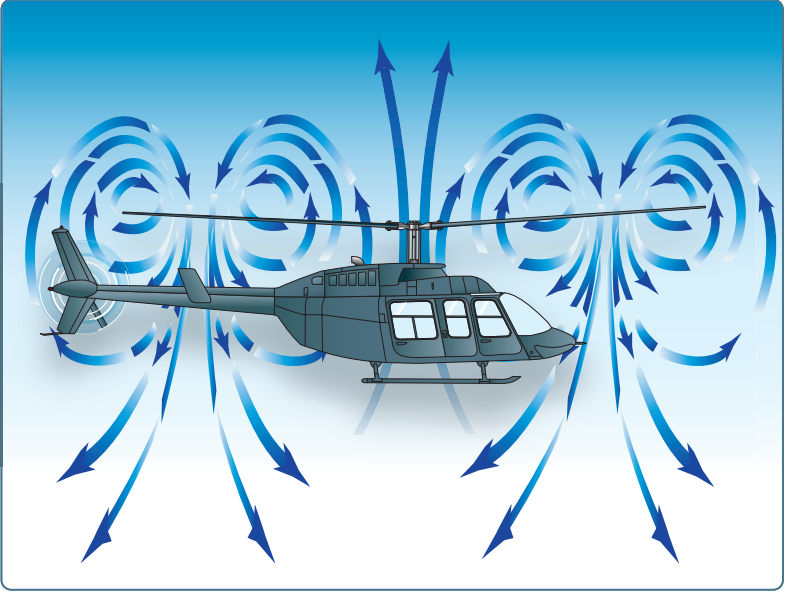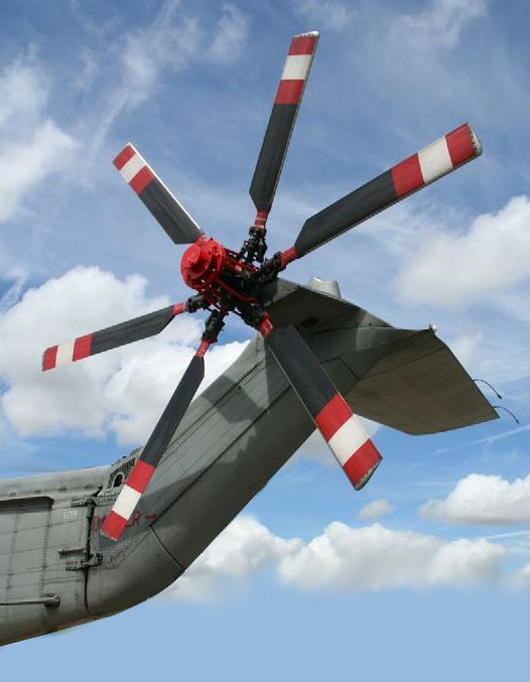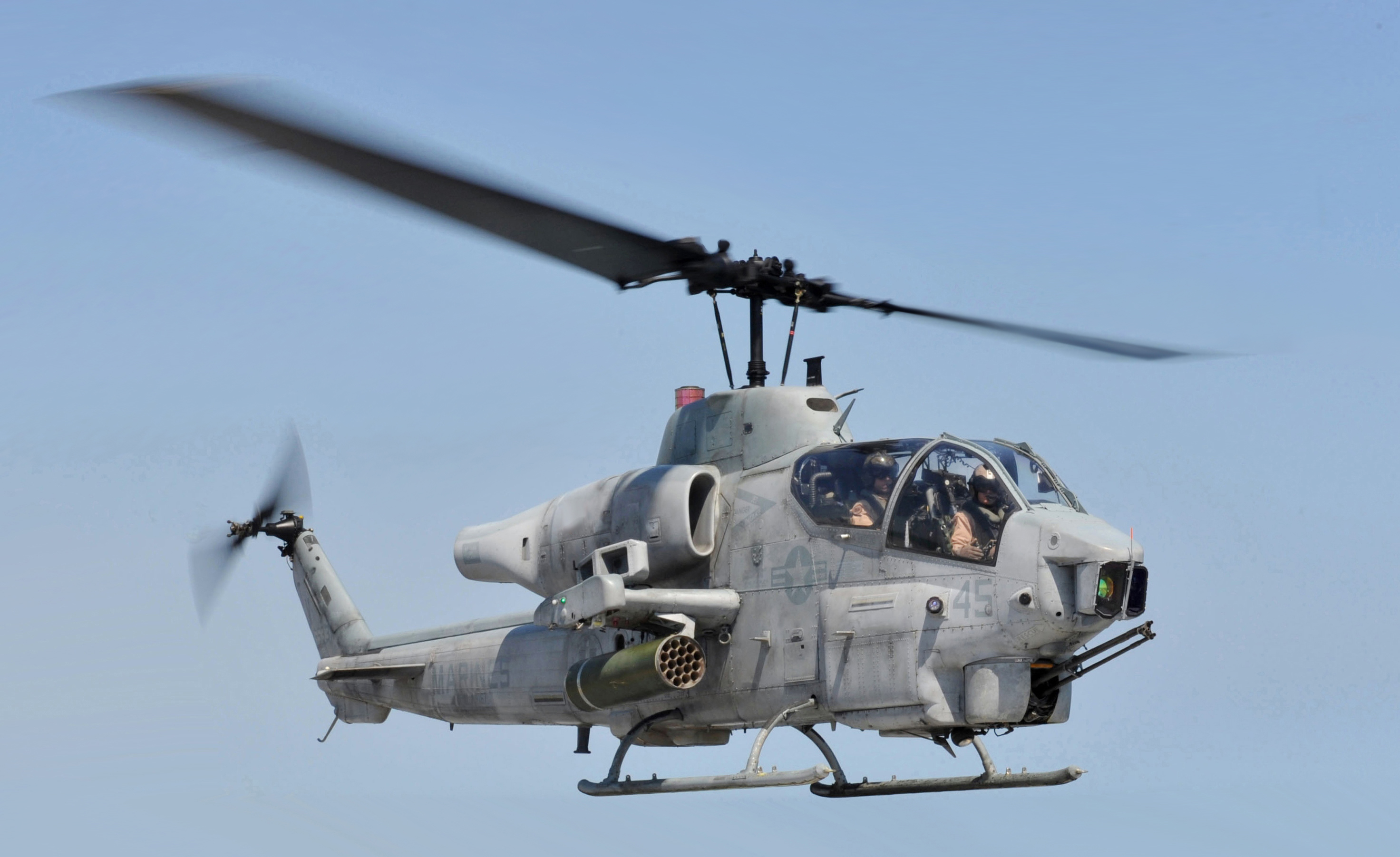|
Autorotation
Autorotation is a state of flight in which the main rotor system of a helicopter or other rotary-wing aircraft turns by the action of air moving up through the rotor, as with an autogyro, rather than engine power driving the rotor. Bensen, Igor.How they fly – Bensen explains all" ''Gyrocopters UK''. Accessed: 10 April 2014. Quote: "air.. (is) deflected downward"Charnov, Bruce HCierva, Pitcairn and the Legacy of Rotary-Wing Flight ''Hofstra University''. Accessed: 22 November 2011. The term ''autorotation'' dates to a period of early helicopter development between 1915 and 1920, and refers to the rotors turning without the engine."Autorotation", ''Dictionary.com Unabridged (v 1.1)''. Random House, Inc. 17 April 2007 It is analogous to the |
Autogyro
An autogyro (from Greek and , "self-turning"), gyroscope, gyrocopter or gyroplane, is a class of rotorcraft that uses an unpowered rotor in free autorotation to develop lift. A gyroplane "means a rotorcraft whose rotors are not engine-driven, except for initial starting, but are made to rotate by action of the air when the rotorcraft is moving; and whose means of propulsion, consisting usually of conventional propellers, is independent of the rotor system." While similar to a helicopter rotor in appearance, the autogyro's unpowered rotor disc must have air flowing upward across it to make it rotate. Forward thrust is provided independently, by an engine-driven propeller. It was originally named the ''autogiro'' by its Spanish inventor and engineer, Juan de la Cierva, in his attempt to create an aircraft that could fly safely at low speeds. He first flew one on January 1923, at Cuatro Vientos Airport in Madrid. The aircraft resembled the fixed-wing aircraft of the d ... [...More Info...] [...Related Items...] OR: [Wikipedia] [Google] [Baidu] |
Helicopter
A helicopter is a type of rotorcraft in which Lift (force), lift and thrust are supplied by horizontally spinning Helicopter rotor, rotors. This allows the helicopter to VTOL, take off and land vertically, to hover (helicopter), hover, and to fly forward, backward and laterally. These attributes allow helicopters to be used in congested or isolated areas where fixed-wing aircraft and many forms of short take-off and landing (STOL) or short take-off and vertical landing (STOVL) aircraft cannot perform without a runway. The Focke-Wulf Fw 61 was the first successful, practical, and fully controllable helicopter in 1936, while in 1942, the Sikorsky R-4 became the first helicopter to reach full-scale mass production, production. Starting in 1939 and through 1943, Igor Sikorsky worked on the development of the Vought-Sikorsky VS-300, VS-300, which over four iterations, became the basis for modern helicopters with a single main rotor and a single tail rotor. Although most earlier ... [...More Info...] [...Related Items...] OR: [Wikipedia] [Google] [Baidu] |
Loss Of Tail-rotor Effectiveness
Loss of tail-rotor effectiveness (LTE)Rotorcraft Flying Handbook Section 11-12, Federal Aviation Administration, Skyhorse Publishing (July 2007) occurs when the tail rotor of a helicopter is exposed to wind forces that prevent it from carrying out its function—that of cancelling the torque of the engine and transmission. Any low-airspeed high-power environment provides an opportunity for it to occur. Causes Environmental factors which can lead to LTE include higher operating-density altitudes or temperatures, and high winds. A high gross weight can also create an LTE-conducive situation. Causative wind-directions may include: # Main rotor disk interference - Main-rotor disk vortices are pushed into the tail rotor by wind. This can occur with wind coming from 10 o'clock on North American (counter-clockwise) rotors and from 2 o'clock on clockwise rotors. The wind pushes the dirty air and vortices generated from the main-rotor into the tail-rotor, preventing the tail rotor fr ... [...More Info...] [...Related Items...] OR: [Wikipedia] [Google] [Baidu] |
Jean Boulet
Jean Boulet (16 November 1920, Brunoy – 13 February 2011, Aix-en-Provence) was a French aviator. In 1957, Boulet was awarded the Aeronautical Medal; in 1983, he became one of the founding members of the French National Air and Space Academy. He died at the age of 90. Early life He was born on 16 November 1920 in Brunoy, near Paris. Jean Boulet was a graduate of the Ecole Polytechnique, which he entered in 1940. He was first hired in 1947 by the SNCASE, which would become Sud Aviation and then later the helicopter division of Aérospatiale. Career Having been trained in the United States earlier in his life to become a military pilot with the French Air Force, he was one of the first foreign pilots to fly a helicopter in the United States Air Force. Over the years he would fast become one of the greatest pioneers in the history of rotorcraft flight testing. Aviation records Boulet set several rotorcraft records [...More Info...] [...Related Items...] OR: [Wikipedia] [Google] [Baidu] |
Vortex Ring State
The vortex ring state (VRS) is a dangerous aerodynamic condition that may arise in helicopter flight, when a vortex ring system engulfs the rotor, causing severe loss of lift. Often the term settling with power is used as a synonym, e.g., in Australia, the UK, and the US, but not in Canada, which uses the latter term for a different phenomenon. A vortex ring state sets in when the airflow around a helicopter's main rotor assumes a rotationally symmetrical form over the tips of the blades, supported by a laminar flow over the blade tips, and a countering upflow of air outside and away from the rotor. In this condition, the rotor falls into a new topological state of the surrounding flow field, induced by its own downwash, and suddenly loses lift. Since vortex rings are a surprisingly stable fluid dynamical phenomenon (a form of topological soliton), the best way to recover from them is to laterally steer clear of them, in order to re-establish lift, and to break them up using ma ... [...More Info...] [...Related Items...] OR: [Wikipedia] [Google] [Baidu] |
Tail Rotor
The tail rotor is a smaller rotor mounted vertically or near-vertically at the tail of a traditional single-rotor helicopter, where it rotates to generate a propeller-like horizontal thrust in the same direction as the main rotor's rotation. The tail rotor's position and distance from the helicopter's center of mass allow it to develop enough thrust leverage to counter the reactional torque exerted on the fuselage by the spinning of the main rotor. Without the tail rotor or other anti-torque mechanisms (e.g. NOTAR), the helicopter would be constantly spinning in the opposite direction of the main rotor when flying. Tail rotors are simpler than main rotors since they require only collective changes in pitch to vary thrust. The pitch of the tail rotor blades is adjustable by the pilot via the anti-torque pedals, which also provide directional control by allowing the pilot to rotate the helicopter around its vertical axis. Its drive system consists of a shaft powered from ... [...More Info...] [...Related Items...] OR: [Wikipedia] [Google] [Baidu] |
Settling With Power
The vortex ring state (VRS) is a dangerous aerodynamic condition that may arise in helicopter flight, when a vortex ring system engulfs the rotor, causing severe loss of lift. Often the term settling with power is used as a synonym, e.g., in Australia, the UK, and the US, but not in Canada, which uses the latter term for a different phenomenon. A vortex ring state sets in when the airflow around a helicopter's main rotor assumes a rotationally symmetrical form over the tips of the blades, supported by a laminar flow over the blade tips, and a countering upflow of air outside and away from the rotor. In this condition, the rotor falls into a new topological state of the surrounding flow field, induced by its own downwash, and suddenly loses lift. Since vortex rings are a surprisingly stable fluid dynamical phenomenon (a form of topological soliton), the best way to recover from them is to laterally steer clear of them, in order to re-establish lift, and to break them up using ma ... [...More Info...] [...Related Items...] OR: [Wikipedia] [Google] [Baidu] |
Aérospatiale SA 315B Lama
The Aérospatiale SA 315B Lama is a French single-engined helicopter. It combines the lighter Aérospatiale Alouette II airframe with Aérospatiale Alouette III, Alouette III components and powerplant. The Lama possesses exceptional high altitude performance. The helicopters have been Licensed production, built under licence by Hindustan Aeronautics Limited (HAL) in India, known as the Cheetah; HAL later developed an upgraded variant, powered by the Turbomeca TM 333-2M2 engine, which is known as the Cheetal. An Armed helicopter, armed version, marketed as the ''Lancer'', was also produced by HAL. It was also built under licence by Helibras in Brazil as the Gavião. Design and development The SA 315B Lama was originally designed to meet a Nepalese Army Air Service and Indian Air Force requirement for a rotorcraft capable of undertaking operations at ''hot and high'' conditions. Both countries possessed extreme mountain ranges in the form of the Himalayas in which even relatively p ... [...More Info...] [...Related Items...] OR: [Wikipedia] [Google] [Baidu] |
Gliding Flight
Gliding flight is heavier-than-air flight without the use of thrust; the term volplaning also refers to this mode of flight in animals. It is employed by flying and gliding animals, gliding animals and by aircraft such as glider (aircraft), gliders. This mode of flight involves flying a significant distance horizontally compared to its descent and therefore can be distinguished from a mostly straight downward descent like a round parachute. Although the human application of gliding flight usually refers to aircraft designed for this purpose, most powered aircraft are capable of gliding without engine power. As with sustained flight, gliding generally requires the application of an airfoil, such as the wings on aircraft or birds, or the Patagium, gliding membrane of a gliding possum. However, gliding can be achieved with a flat (Camber (aerodynamics), uncambered) wing, as with a simple paper plane, or even with card-throwing. However, some aircraft with lifting body, lifting bod ... [...More Info...] [...Related Items...] OR: [Wikipedia] [Google] [Baidu] |
Helicopter Flight Controls
Helicopter flight controls are used to achieve and maintain controlled aerodynamic helicopter flight. Changes to the aircraft flight control system transmit mechanically to the rotor, producing aerodynamic effects on the rotor blades that make the helicopter move in a desired way. To tilt forward and back (pitch) or sideways (roll) requires that the controls alter the angle of attack of the main rotor blades ''cyclically'' during rotation, creating differing amounts of lift at different points in the cycle. To increase or decrease overall lift requires that the controls alter the angle of attack for all blades ''collectively'' by equal amounts at the same time, resulting in ascent, descent, acceleration and deceleration. A typical helicopter has three flight control inputs: the cyclic stick, the collective lever, and the anti-torque pedals. Depending on the complexity of the helicopter, the cyclic and collective may be linked together by a ''mixing unit'', a mechanical or hydra ... [...More Info...] [...Related Items...] OR: [Wikipedia] [Google] [Baidu] |
Helicopter Rotor
On a helicopter, the main rotor or rotor system is the combination of several rotary wings (rotor blades) with a control system, that generates the aerodynamic lift (force), lift force that supports the weight of the helicopter, and the thrust that counteracts aerodynamic drag in forward flight. Each main rotor is mounted on a vertical mast over the top of the helicopter, as opposed to a helicopter tail rotor, which connects through a combination of drive shaft(s) and gearboxes along the tail boom. The blade pitch is typically controlled by the pilot using the helicopter flight controls. Helicopters are one example of rotary-wing aircraft (rotorcraft). The name is derived from the Greek words ''helix'', helik-, meaning spiral; and ''pteron'' meaning wing. Design principles Overview The helicopter rotor is powered by the engine, through the transmission, to the rotating mast. The mast is a cylindrical metal shaft that extends upward from—and is driven by—the transmission. ... [...More Info...] [...Related Items...] OR: [Wikipedia] [Google] [Baidu] |
Sprag Clutch
A sprag clutch is a one-way freewheel clutch. It resembles a Rolling-element bearing, roller bearing but, instead of cylindrical rollers, non-revolving asymmetric figure-eight shaped sprags, or other elements allowing single direction rotation, are used. When the unit rotates in one direction the rollers slip or free-wheel, but when a torque is applied in the opposite direction, the sprags tilt slightly, producing a wedging action and binding because of friction. Applications Automatic transmissions A sprag clutch is used in some automatic transmissions as a method of allowing the transmission to change gears smoothly under load. Various models of General Motors' Turbo-Hydramatic transmission have used this system as well as many transmissions from Ford, such as the Ford C6 transmission. A sprag clutch is used in most older automatic transmissions and some newer ones for shifts which require the synchronized engagement of one clutch with the disengagement of another. Using an ... [...More Info...] [...Related Items...] OR: [Wikipedia] [Google] [Baidu] |








